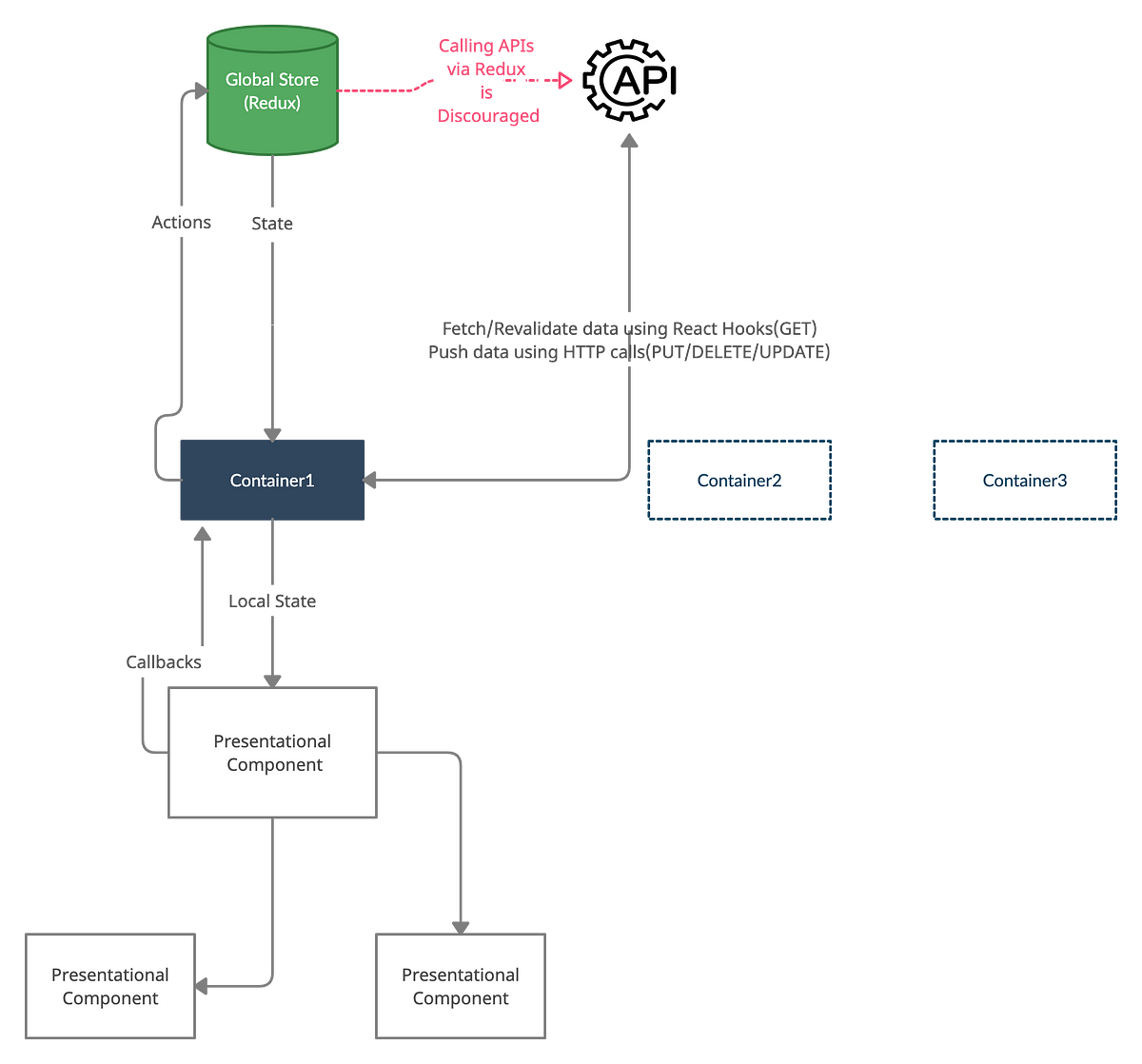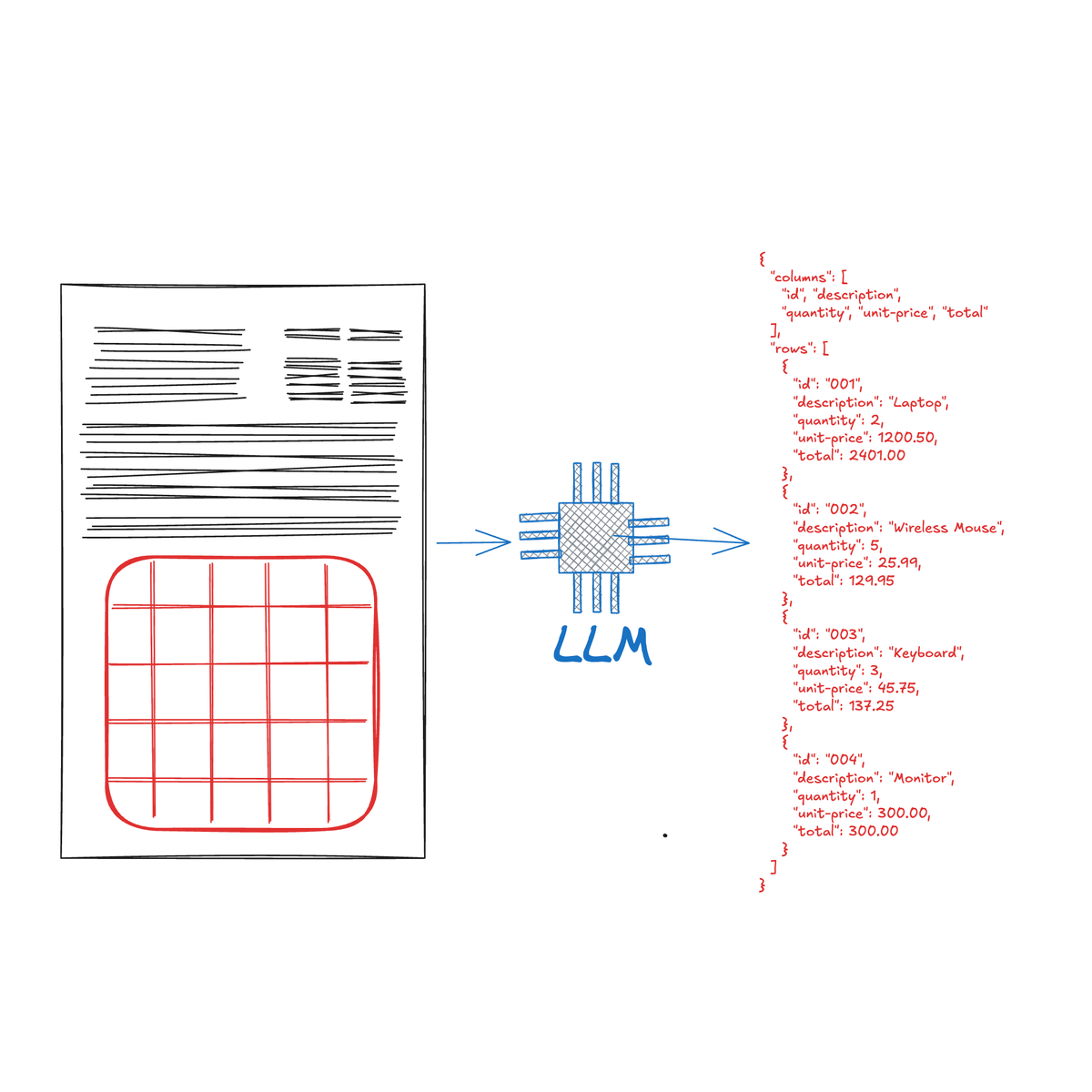Overview of cross-architecture portability problems
Ideally, you’d want your program to work everywhere. Unfortunately, that’s not that simple, even if you’re using high-level “portable” languages such as Python. In this blog post, I’d like to focus on some aspects of cross-architecture problems I’ve seen or heard about during my time in Gentoo. Please note that I don’t mean this to be a comprehensive list of problems — instead, I’m aiming for an interesting read.
If you asked anyone what’s the primary difference between 64-bit and 32-bit architectures, they will probably answer that it’s register sizes. For many people, register sizes imply differences in basic integer types, and therefore the primary source of problems on 32-bit architectures, when programs are tested on 64-bit architectures only (which is commonly the case nowadays). Actually, it’s not that simple.
Contrary to common expectations, the differences in basic integer types are minimal. Most importantly, your plain int is 32-bit everywhere. The only type that’s actually different is long — it’s 32-bit on 32-bit architectures, and 64-bit on 64-bit architectures. However, people don’t use long all that often in modern programs, so that’s not very likely to cause issues.















/cdn.vox-cdn.com/uploads/chorus_asset/file/25614057/247238_Gymnastics_Controversy_CVirginia_LEDE.jpg)




